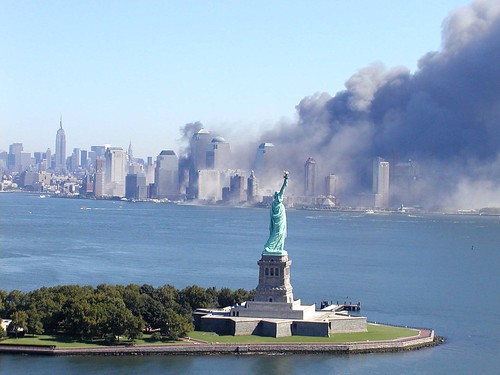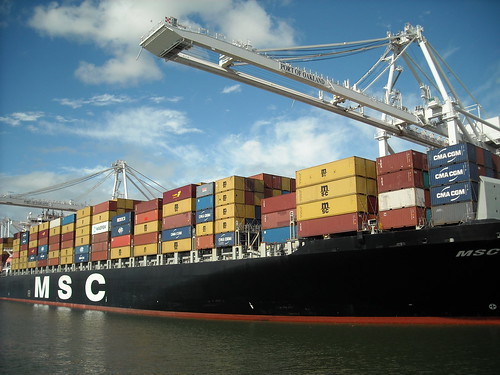
The most basic definition of a security community of independent states within a defined region is that there exists a reliable expectation that the states within that region will not resort to war to prosecute their disputes. Put another way, such a “pluralistic security community … [is] a transnational region comprised of sovereign states whose people maintain dependable expectations of peaceful change’.” 1 That is certainly a widely affirmed expectation, even if not yet a guarantee, for the Arctic region.
But there is another characteristic of a security community that is less entrenched in the Arctic, namely, “the absence of a competitive military build-up or arms race involving [its] members.”2 There is no denying that there is currently a build-up of conventional military capacity within the region,3 and it is not yet definitively clear whether it will turn out to be a competitive build-up that undermines the growing expectation that change will be peaceful, or whether it will instead facilitate increased security cooperation and build capacity for more effective domestic and cross border support to civil authorities in search and rescue, and in monitoring regional activity and ensuring compliance with international regulations.




